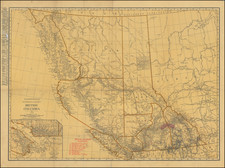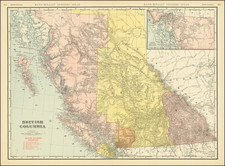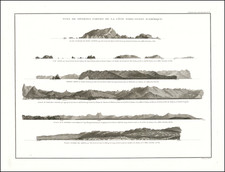This 1895 map of Vancouver presents a straightforward geographical representation of the city at the close of the 19th century.
The map delineates key natural and man-made features with clarity. English Bay is shown on the map as a significant body of water to the west, leading into the city's shoreline. Adjacent to it, False Creek is depicted as a prominent inlet that extends into the heart of Vancouver, providing an important waterway. Burrard Inlet, to the north of the city, serves as a gateway to the Pacific Ocean and is a crucial channel for maritime activities.
The future Stanley Park is a large green area at the top left, while Hastings Park, designated as a green space, is indicated as a recreational and public area for the city's inhabitants. The Canadian Pacific Railroad is prominently featured, illustrating the vital rail connection that facilitates transport and commerce, pivotal for Vancouver's growth during this period.
Additionally, the map shows a proposed bridge, referred to as the "second narrows," suggesting planned infrastructure to span across the narrower part of Burrard Inlet at the location of the future Iron Workers Memorial Bridge, enhancing connectivity within the region. This addition highlights the city's developmental foresight at a time when expansion and urban planning were central to municipal agenda
George F. Cram (1842-1928), or George Franklin Cram, was an American mapmaker and businessman. During the Civil War, Cram served under General William Tecumseh Sherman and participated in his March to the Sea. His letters of that time are now important sources for historians of the Civil War. In 1867, Cram and his uncle, Rufus Blanchard, began the company known by their names in Evanston, Illinois.
Two years later, Cram became sole proprietor and the company was henceforth known as George F. Cram Co. Specializing in atlases, Cram was one of the first American companies to publish a world atlas. One of their most famous products was the Unrivaled Atlas of the World, in print from the 1880s to the 1950s.
Cram died in 1928, seven years after he had merged the business with that of a customer, E.A. Peterson. The new company still bore Cram’s name. Four years later, the Cram Company began to make globes, a branch of the business that would continue until 2012, when the company ceased to operate. For the final several decades of the company’s existence it was controlled by the Douthit family, who sold it just before the company was shuttered.









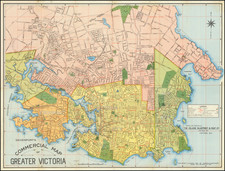
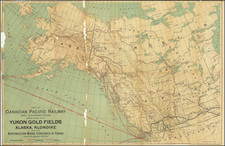
![[ Alaska & Yukon ] Karte zur Abhanđlung über die Geogn. U. Orogr. Beschaffenheit der N.W-Küste Amerikas u. der anliegenden Inseln mit Zugrundelegung der Karten des Hydrogr. Dep. des See-Ministeriums zu St. Petersburg von C. Grewingk 1849](https://storage.googleapis.com/raremaps/img/small/101812.jpg)
